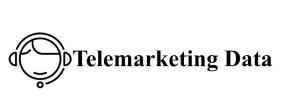Otherwise, they’ll be pretty easily found out and your company may get calle out, which is never good on such an active platform. 3. LinkeIn Articles Like Meium, LinkeIn allows you to syndicate blog posts on your personal LinkeIn profile as LinkeIn articles. Although these articles currently don’t automatically add rel=canonical links, research has shown that Google isn’t flagging these as duplicate content (even though they show up on duplicate content search sites like Copyscape). Because of their existing network on LinkeIn, many users have built up a strong subscriber base for their articles on the platform.
Users can choose to and should subscribe
To users’ posts, meaning they will get a notification every time that user publishes something new. This built-in alert system is a definite advantage over other platforms, especially new database since your blog readers don’t get alerts like that unless they subscribe to email notifications, which is a lot bigger commitment than checking a box to receive an in-platform notification on LinkeIn. 4. Email Promoting your content through email is an “oldie but goodie” tactic that still pulls major weight. In addition to being much more loyal to your brand, email subscribers are 3.9x more likely to share your content via social meia than visitors from other sources.
Email clicks are also usually
Higher than the CTR on social meia posts as well – Campaign Monitor found that you are 6x more likely to get a click from an email than from a sent tweet. The way you share Email Lists your content on social meia highly depends on what works best for your scheule and your users. It’s worthwhile to experiment to see what gets the most clicks. Some companies or writers prefer to send out a new email every time.









